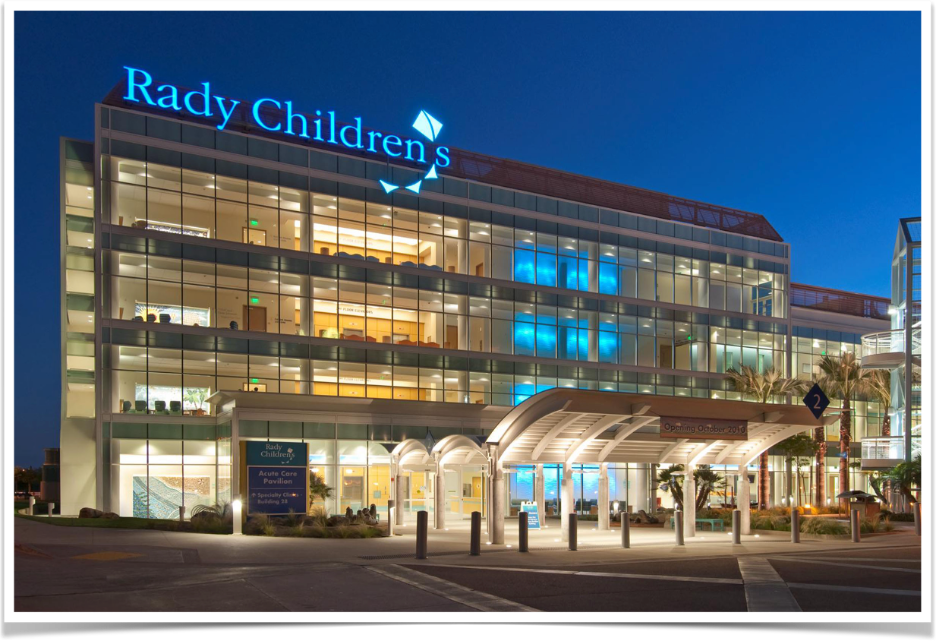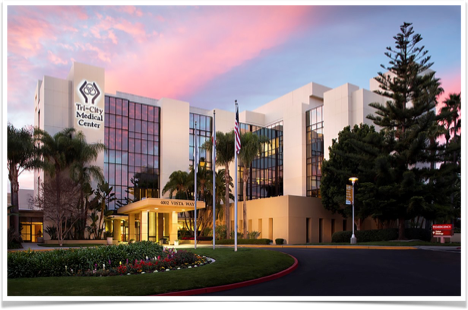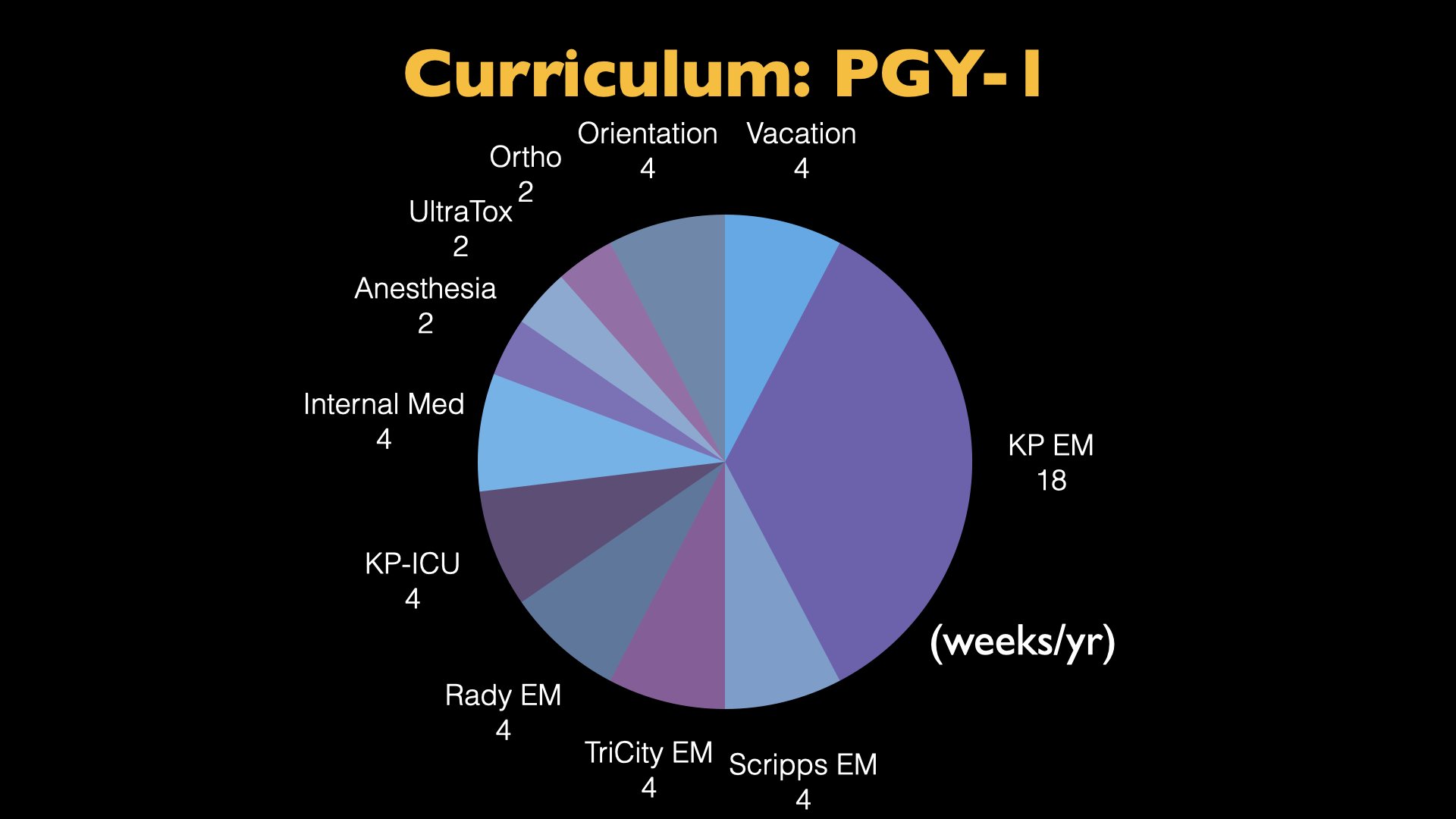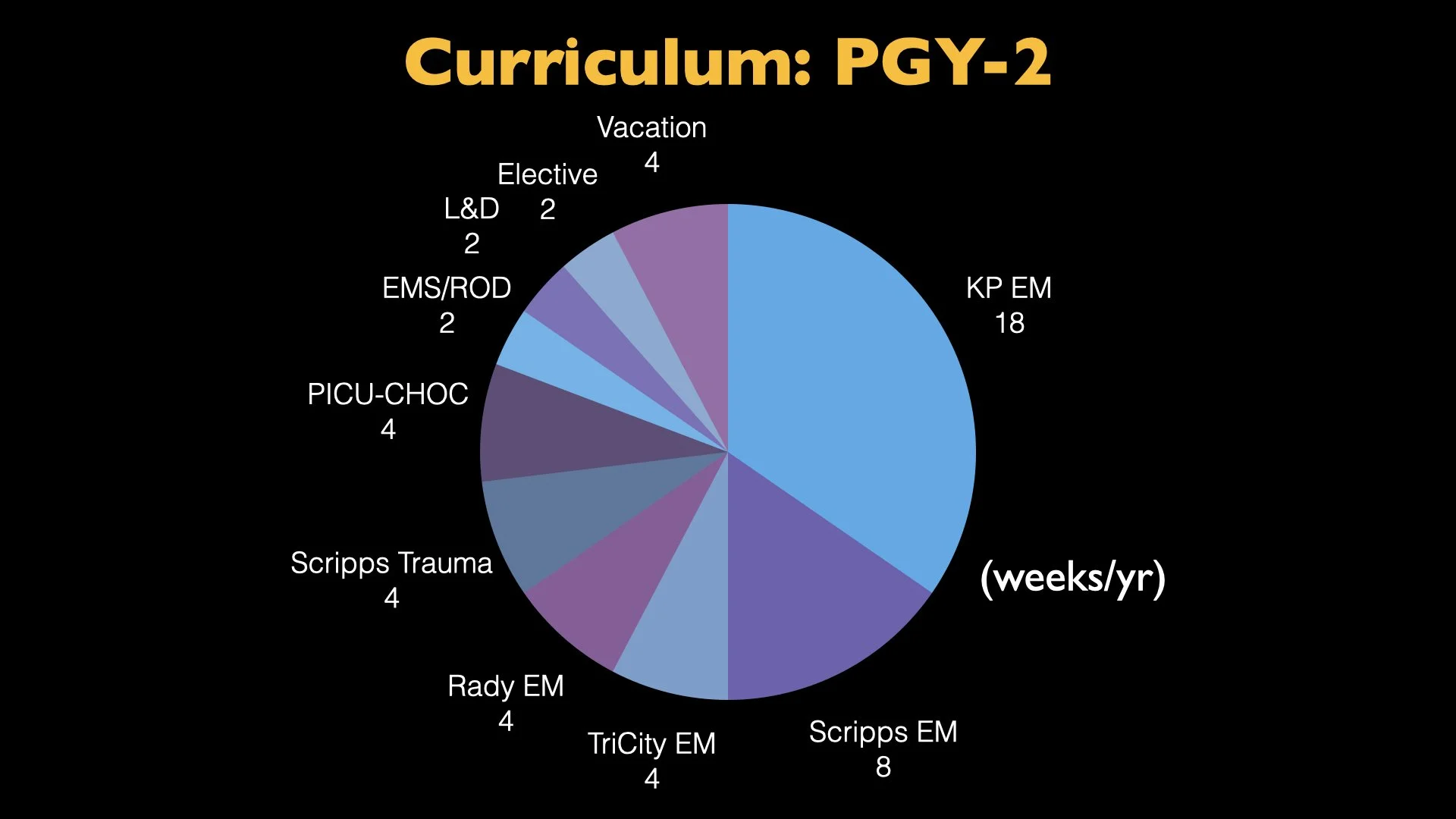Curriculum
The residency program allows residents to learn all of the skills needed to be competent, skilled emergency physicians, ready to practice in any environment. The comprehensive curriculum exposes residents to key aspects of emergency medicine over the three years in a supportive environment that allows for increasing autonomy and progressive responsibility.
PGY-1
The first year of training is designed to give residents a strong background in various specialties, which they will need to practice emergency medicine. Residents will rotate through the departments of Anesthesia, Orthopedics, Critical Care Medicine, Hospital Medicine and Pediatric Emergency Medicine. Residents will also spend a significant portion of the year in the Emergency Department, developing the skills fundamental to the practice of emergency medicine.
PGY-2
The second year resident focuses on stabilization of the critically ill patient and assuming a leadership role in the ED. Time spent in the trauma critical care and pediatric intensive care units ensures that the resident is comfortable with treating and caring for the critical patients for prolonged periods and is aware of the progression of pathology in these individuals. They will also become proficient at invasive procedures required for the care of critically ill and injured patients.
During the PGY-2 year, residents will participate in the first of two experiential and engaging ED Admin (ROD) curriculum which will allow residents to gain an appreciation for the basic principles of ED administration and leadership. Residents will learn about quality, safety and risk management as it pertains to emergency medicine and will begin to develop an understanding and appreciation for the complex role of emergency medicine within the larger framework of the hospital, institution and national health care system.
PGY-3
Third year residents will have increasing autonomy in caring for patients and managing operations in the emergency department. They will take on a more supervisory role in managing flow in the emergency department, directing resuscitations, and overseeing junior residents, medical students and off-service rotators. In the third year residents will complete their scholarly project and will be supported to present their work at a national or regional EM conference. Also, ample elective time will allow residents to explore niche interests outside of the core curriculum.
Affiliate Rotations
To further enhance the resident’s training experience, they will rotate at Scripps Mercy, TriCity Medical Center, Children’s Hospital of Orange County, and Rady Children’s Hospital. These rotations in EM, Pediatric EM, Trauma Critical Care and PICU will provide residents with unique experiences outside of Kaiser Permanente. In total, residents spend more than a third of their training at these affiliate sites allowing for exposure to diverse practice environments each with their own unique patient population.









